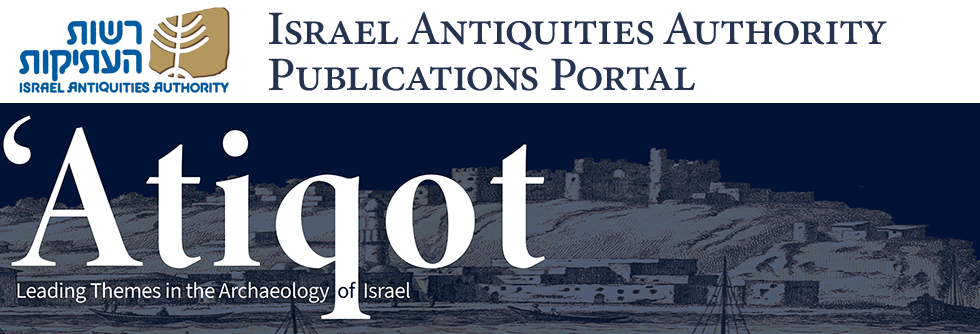Abstract
Three areas (A–C) were excavated, comprising four occupation layers dating from the first–second centuries CE, the third–fourth centuries CE, the fifth century CE and the seventh–eighth centuries CE. A trefoil-apsed church dating to the fifth century CE was exposed in Area B. The apse was built over a crypt that most probably contained the remains of martyrs or saints. The finds recovered from the church include pottery, glass, coins, marble fragments of a table and columns, attesting that it was in use until the Muslim conquest of the country in the seventh century CE. In Area A, complex winepresses, quarries and fence walls were exposed, pointing to the agricultural nature of the area.
Keywords
Byzantine period, rural area, basilica, agricultural installations, tombs, architectural elements, winepress, industry, economy, Christianity
Recommended Citation
'Ad, Uzi
(2017)
"A Church and Agricultural Installations South of Moshav Ha-Bonim (Hebrew, pp. 9*–42*; English summary, pp. 155–156),"
'Atiqot: Vol. 88, Article 10.
DOI: https://doi.org/10.70967/2948-040X.1795
Available at:
https://publications.iaa.org.il/atiqot/vol88/iss1/10
Included in
Agriculture Commons, Biblical Studies Commons, History of Art, Architecture, and Archaeology Commons

